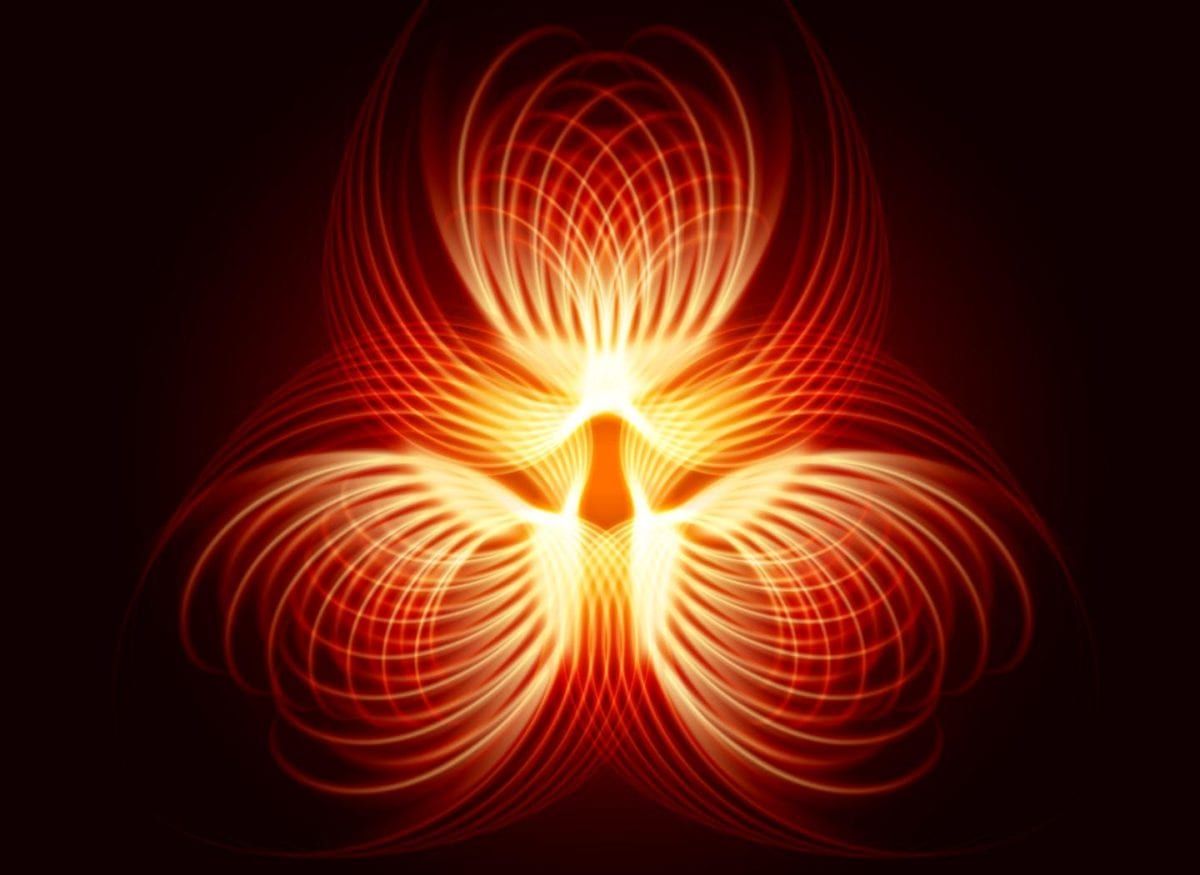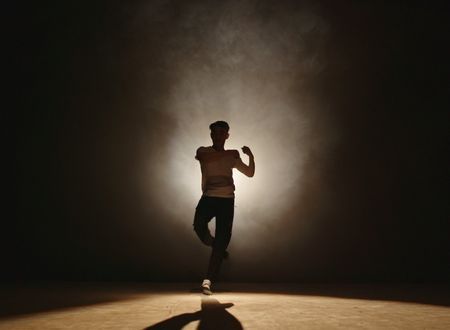This is the final exercise on building one-pointed concentration. In the previous two posts, I covered shravana, the practice of listening and ekagarata, the practice of concentration — both designed to help you build exceptional one-pointed concentration.
In this post, I am going to elucidate the practice of trāṭaka, still gaze. The method of fixing your gaze on an object is called trāṭaka. The ability to still your gaze is critical in attaining a true meditative state.
For a meditator, if he cannot still his eyes, he will be unable to transcend his body. Predominantly because if you keep feeding your body through the sensory organs, namely the eyes, nose, ears, mouth, and skin, you will continue to maintain an awareness of your body.
Such awareness restricts you from becoming one with the cosmos, from going into the meditative state, that tranquil equipoise or in other words, samadhi. The ability to sit in one posture, in absolute stillness, for prolonged periods is an unfailing sign of a true yogi. The ability to still one’s gaze at that is the hallmark of an accomplished yogi.
Here is the practice of Trataka in a nutshell:
1. Sit in a comfortable posture, preferably cross-legged.
2. Light a candle at a distance of about three feet in front of you.
3. Ensure the candle or any other object of focus is at your eye-level.
4. Watch it unblinkingly for a minimum of ten minutes. Gradually, increase the duration.
5. During the actual practice, try to be aware of your wandering thoughts and gently bring your mind back to the object.
Please see the evaluation chart of Trataka Meditation practice below (click on it for an enlarged view):
Let us say you decide to do trāṭaka for a period of ten minutes. For those ten minutes, you must be still like a rock restricting your eye movements as well. It is important to not blink at all. Tears will start to roll down, but you should stay unmoved. Each time your mind goes off on a tangent, bring your focus back to the object. You can do trāṭaka on any object, but doing it on a candle flame has a purifying effect on your mind.
It is best to do the practice at least twice a day: in the morning and before going to bed at night. Steadily and gradually increase your ability to stay unblinking as part of this practice. It requires patience and resolve. If you have both, you are bound to gain benefits from the practice.
The right practice of traṭaka helps one still the mind and calm it down. It acts as a catalyst in building one-pointed concentration with better memory retention and recall.
However, these are not the only benefits. Let me share a yogic secret with you; your body is run by ten different energies. You can read about these vital energies in detail here. The five primary ones I will cover in due course under Physical Transformation. Their names are listed in the article on depression, just in case, for your reference. The five secondary ones are called naga, kurma, krkara, devadatta and dhananjaya; they are responsible for belching, sneezing, blinking, yawning and twitching respectively.
The practice of traṭaka stills the five secondary energies giving you control over the aforesaid involuntary functions of the body. Such control is necessary for the advanced seeker who wishes to enjoy uninterrupted tranquil equipoise. During meditation, if any of the above five occur, an awareness of the body emerges instantly, abruptly breaking the state of oneness.
This finishes the exposition on concentration. The next post in the series will get to the crux of the matter, i.e. meditation.
Stay tuned.
Peace.
Swami
A GOOD STORY
There were four members in a household. Everybody, Somebody, Anybody and Nobody. A bill was overdue. Everybody thought Somebody would do it. Anybody could have done it but Nobody did it.
Don't leave empty-handed, consider contributing.It's a good thing to do today.










Comments & Discussion
14 COMMENTS
Please login to read members' comments and participate in the discussion.